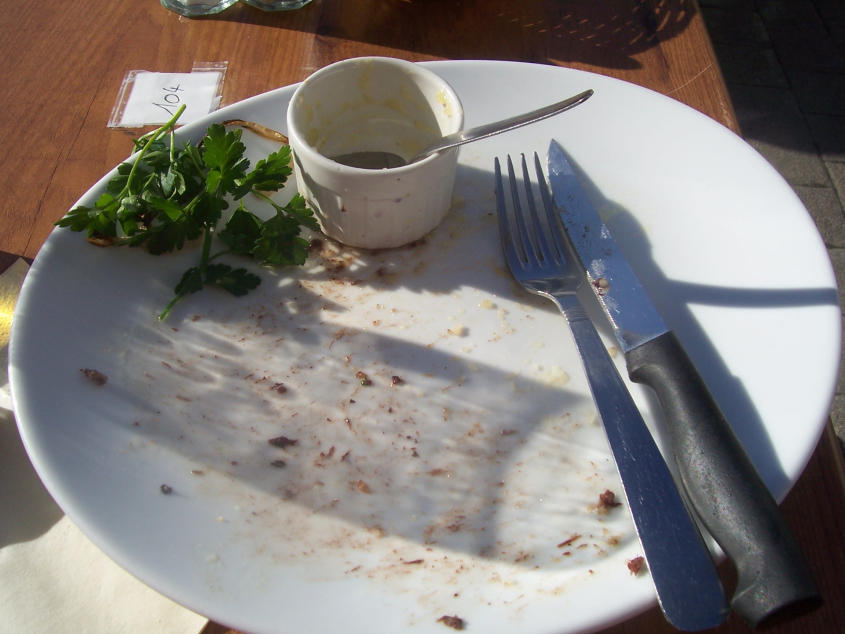
The Nutrition Society Paper of the Month for June is from British Journal of Nutrition and is entitled ‘Dietary fat and physiological determinants of plasma chylomicron remnant homoeostasis in normolipidaemic subjects: insight into atherogenic risk‘. Authors: Deasy Irawati, John C. L. Mamo, Karin M. Slivkoff-Clark, Mario J. Soares and Anthony P. James
Humans spend the majority of life in a post-absorptive state, reflecting the regular ingestion of meals. Nonetheless, the substantive number of epidemiological, clinical and pre-clinical studies that have considered associations of blood lipids with cardiovascular disease are paradoxically done in the context of fasting measures.
Humans on a Western-style diet consume approximately 100 g fat per day. Following absorption from the small intestine, dietary fats are secreted into circulation associated with nascent chylomicrons, which are continuously synthesised by enterocytes of the small intestine. In the context of fasting measures of blood lipids, chylomicrons ordinarily chaperone between 2-5% of total blood cholesterol (Redgrave, 1988). However, basal rates of chylomicron synthesis and rapid recycling, indicate that the flux of chylomicron-cholesterol over a 24 h period substantially exceeds the flux of cholesterol through better recognised transporters of cholesterol such as low-density-lipoprotein (LDL) (Mamo et al. 1997). Consideration of chylomicron metabolism only in the context of fasting measures of plasma lipids therefore sheds little light on potential atherogenic risk.
Studies in animal models have demonstrated that triglyceride-depleted remnants of chylomicrons have an avid affinity for extracellular matrices within the subendothelial space and serve as a substrate for inflammatory macrophages. Cholesterol-enriched remnants retained within the subendothelial space are highly atherogenic (Proctor et al. 2002), yet there is a paucity of studies, which consider chylomicron remnant homeostasis per se, relative to atherogenic risk.
Commonly, postprandial hypertriglyceridemia is considered a requisite feature of chylomicron accumulation and risk for coronary heart disease. However, triglyceride homeostasis principally reflects the hydrolytic cascade of nascent chylomicrons and conversion to the atherogenic remnant form, rather than chylomicron remnant homeostasis per se. In this context, we have sought to explore in normolipidaemic subjects, indices of chylomicron metabolism (and by extension, gain insight into potential atherogenic risk) in response to consumption of lipids from edible oils with a range of different fatty acid compositions (palm oil, coconut oil and rice bran oil).
Utilising an exclusive marker of chylomicrons (apolipoprotein B48) rather than triglyceride alone, in the present study we report that contrary to the current dogma, the majority of chylomicrons in circulation, in both fasting and fed subjects, were found to coisolate with the smaller, more dense LDL lipoprotein fraction following ultracentrifugation. Studies assessing LDL-atherogenic risk should therefore also consider a rapid turnover pool of pro-atherogenic chylomicron remnants. A second finding of this study is that despite similar normal fasting plasma lipid profiles, almost half of subjects tested had an exaggerated chylomicron remnant response following ingestion of meals rich in saturated fat from palm oil, inferring a greater risk for chylomicron remnant stimulated atherogenic processes.
Collectively, these findings reiterate a large body of evidence that atherosclerosis may be a post-prandial phenomenon. Despite humans ingesting dietary fat principally as triglyceride, blood measures of postprandial triglyceride fail to adequately consider the potential atherogenic risk of chylomicron remnants. Rather, rates of chylomicron synthesis, secretion, clearance and net vascular exposure to the triglyceride-deplete remnants is of greater importance. Apolipoprotein B48, assessment and consideration of chylomicron size distribution seems the only robust approach to describe chylomicron remnant atherogenicity in a physiologically relevant context.
Photo with thanks to Colin Cameron, Flickr, reproduced under a CC license.
